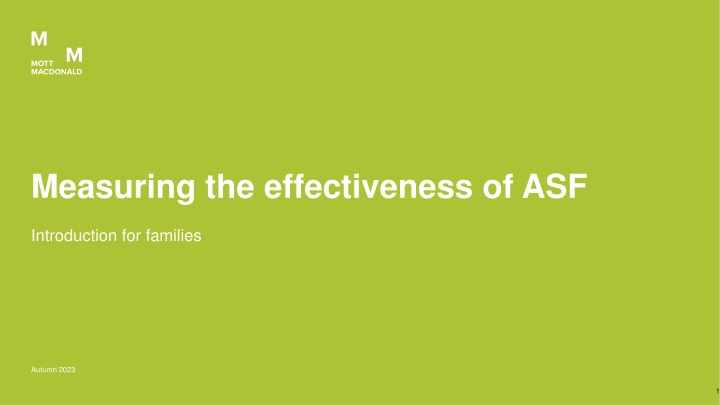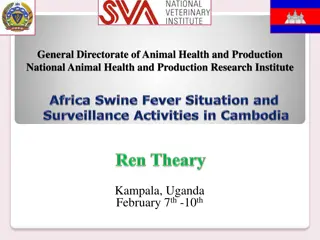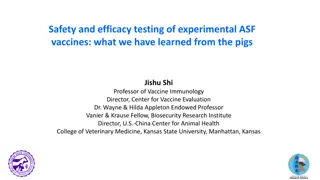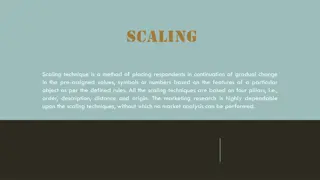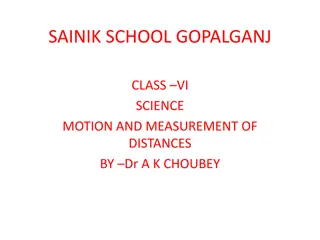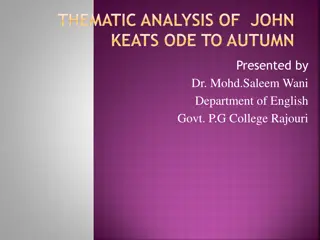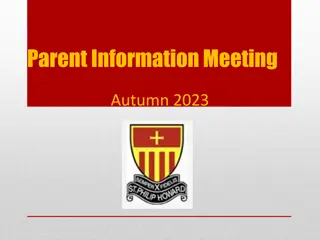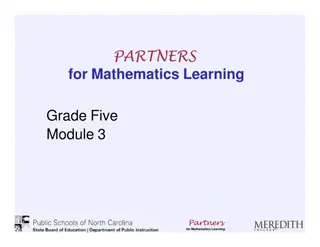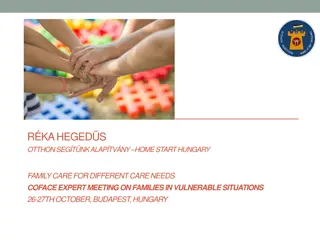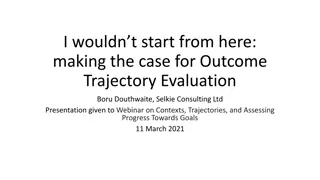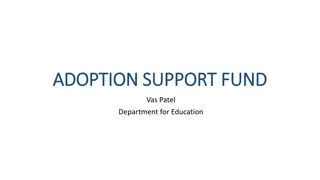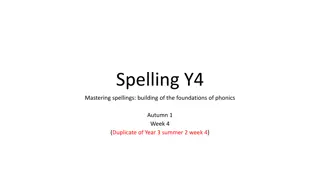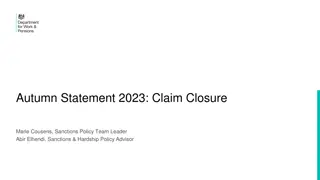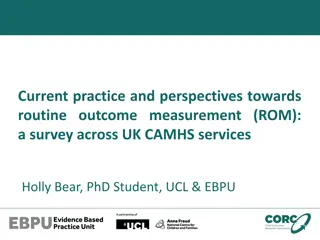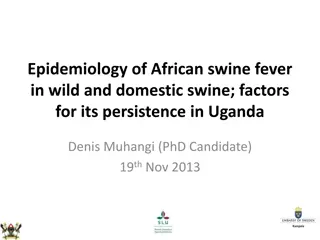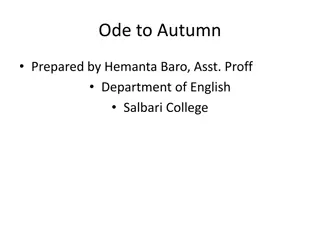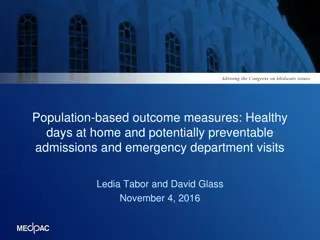Introduction of Outcome Measurement Tools for ASF Families Autumn 2023
The Department for Education is implementing outcome measurement tools for families accessing the Adoption Support Fund (ASF). These tools aim to track progress and impact without sharing any identifying data, helping to evaluate the overall effectiveness of ASF interventions. Families will experience no changes in the application process, with tools used at the start and end of therapies to measure progress anonymously.
Download Presentation

Please find below an Image/Link to download the presentation.
The content on the website is provided AS IS for your information and personal use only. It may not be sold, licensed, or shared on other websites without obtaining consent from the author.If you encounter any issues during the download, it is possible that the publisher has removed the file from their server.
You are allowed to download the files provided on this website for personal or commercial use, subject to the condition that they are used lawfully. All files are the property of their respective owners.
The content on the website is provided AS IS for your information and personal use only. It may not be sold, licensed, or shared on other websites without obtaining consent from the author.
E N D
Presentation Transcript
Measuring the effectiveness of ASF Introduction for families Autumn 2023 1
The Adoption Support Fund Since the ASF began in 2015, over 300m of funding has supported about 45,000 children and young people. Many have received ongoing support through the Fund. Independent evaluation and feedback from the sector show it is having a positive impact on the lives of adoptive and eligible SGO families. However, there is currently no systematic way of measuring outcomes from ASF-funded interventions. The Department for Education (DfE) is therefore introducing outcome measurement tools to the ASF application process, starting from 4 December 2023. Mott MacDonald
What is an outcome measurement tool? Outcome measures are tools practitioners can use to help understand the difficulties a child or young person is experiencing. They can: help identify what is important help see what their goals are track how they are progressing towards those goals over time provide information to help inform decisions about next steps in terms of support Mott MacDonald
Which outcome measurement tools will be used? 3 4 5 Goal Based Outcome (GBO) A way of evaluating progress towards a goal in clinical work with children, young people, and their families and carers. GBOs compare how far a child or young person feels they have moved towards reaching a goal that they have set for themselves at the beginning of an intervention. 1 2 Assessment Checklist (AC) A caregiver report and psychiatric rating scale that measures behaviours, emotional states, traits, and manners of relating to others. Designed to measure a broad range of mental health difficulties observed among young people in care. Strengths and Difficulties Questionnaire (SDQ) A brief emotional and behavioural screening questionnaire for children and young people. The tool can capture the perspective of children and young people, their parents, and teachers. Brief Assessment Checklist (BAC) A caregiver report, which will result in a total score. Respondents answer each statement focusing on the feelings and behaviours of the child or young person over the past four to six months. Thinking about your child (Revised) (TAYC-R) Measures the understanding, confidence and stability of the parent/ child relationship and can be used across a wide range of therapies including Dyadic Developmental Psychotherapy.
What does this mean to families accessing the ASF? The introduction of outcome measurement tools in no way impacts decisions DfE makes about any application made to the ASF for your child or family. Applications will be processed in the usual way. The only difference is that once any agreed therapy starts, one of the outcome measurement tools will be used at the beginning and end of therapy to measure progress. No identifying data about your child or family will be shared with DfE or their delivery partner Mott MacDonald (MM) who administers the fund. As with the ASF application process, no identifying data about your child or family will be shared. The outcome measurement information shared with DfE and MM will be high-level numeric information and completely anonymous. The purpose of gathering this information is to start to build a picture about the overall impact of the ASF. The DfE will not be using this information to measure the effectiveness of ASF-funded therapy for your individual child/ family. If you do not wish for your high-level outcomes data to be provided, you can let your local authority or Regional Adoption Agency know and choose to opt out. Mott MacDonald
How will outcome measurements work in the ASF process? 1 2 3 4 Local authorities and Regional Adoption Agencies will choose one of the five tools as part of the application process. Your therapist providing the service will then use this tool at the beginning and end of the service that you receive. Local authorities and Regional Adoption Agencies will collect this information from providers and submit this information to the ASF. The data will be aggregated with data from other applications which will help build a picture about the overall impact of the ASF. Mott MacDonald
Further information and support Information and guidance: Frequently Asked Questions for Families (available on request from your LA/RAA) Introduction to OMT for Families (available on request from your LA/RAA) Mott MacDonald
